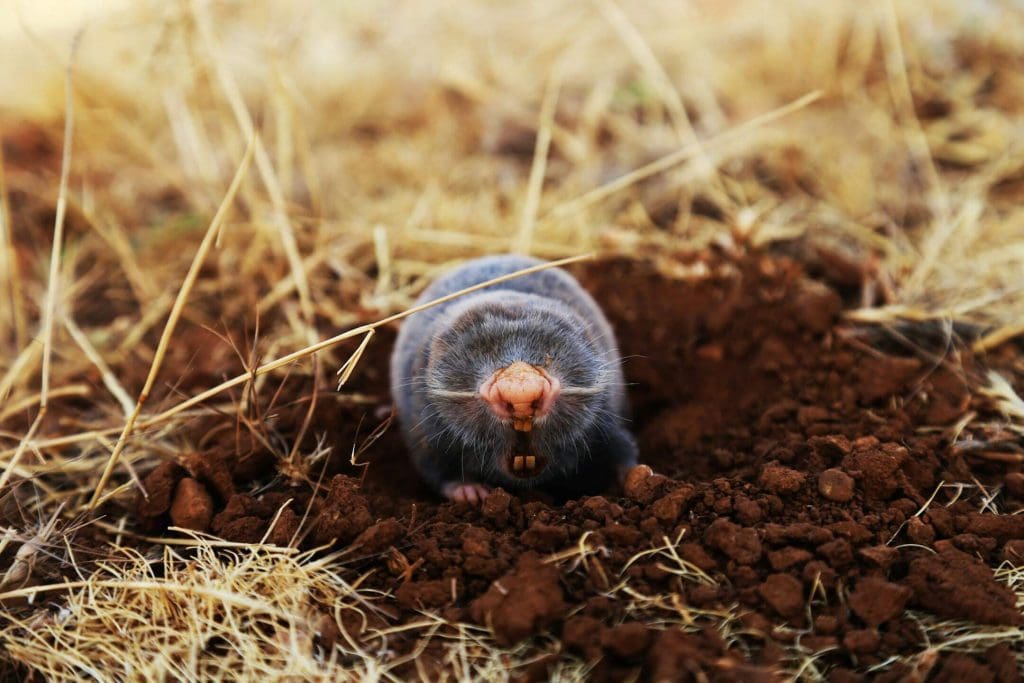- SPECIAL DISCOUNT
- 10% OFF on Full Home Recommendations + Free Consultation
- Excludes insulation services
- Contact Us
- Must mention at the time of booking
How to Tell If You Have Moles in Your Yard: A Guide

As a homeowner, there are few things more frustrating than discovering that your yard has become a haven for moles. These burrowing rodents can wreak havoc on your carefully maintained garden, leaving unsightly and damaging tunnels in their wake. That’s why so many homeowners wonder how to tell if you have moles in your yard. This guide will clear up any confusion so you can keep your yard rodent-free. Get tips from wildlife and pest control experts.
Tunnels And Mounds.
One of the most obvious signs of a mole infestation is the appearance of tunnels and mounds in your yard. Moles create extensive networks of tunnels that are often easily distinguishable from other burrowing animals due to their unique characteristics.
Mole tunnels tend to be raised ridges with a diameter ranging from 1 to 2 inches and can be found near the surface. These runways can crisscross your yard, resulting in uneven terrain and may also produce molehills or mounds of soil pushed up from their tunneling activities. Mounds are typically domed with fine sifted soil and no open hole visible, since the plug sits below the surface.
Damaged Roots And Uprooted Plants.
Another way to tell if you have moles in your yard is the damage caused to the root systems of plants. Moles are primarily insect eaters but will also affect roots by displacing soil around them as they hunt. Wilting stripes or yellowing in narrow bands that mirror a runway often signal recent tunneling.
As they tunnel, moles may disrupt the roots of grass, flowers, and small shrubs, resulting in wilting, yellowing, or uprooted vegetation. Look for signs of plants suddenly declining in health or appearing pulled out of the ground without an obvious cause. Check beneath the plant for hollowed soil and a nearby raised ridge that indicates a frequent travel path.
Surface Runways.
These appear as surface pathways with an indentation or depression in the ground, caused by moles tunneling and creating their burrows closer to the surface. The path feels soft and collapses slightly when stepped on.
When encountering an obstruction such as a tree root or rock, moles may opt to tunnel near the ground’s surface, providing an opportunity to spot them. To test activity, gently press the runway flat along a three-foot section and recheck the next day, a rebuilt arch confirms it is in use.
Patterned Damage.
Moles have a distinctive feeding pattern which can help differentiate them from other pests. They prefer to feed on grubs, worms, and other small insects that live in the soil. Consequently, their tunneling activities usually result in localized damage in the form of raised ridges or lines in your yard. Parallel lines that connect to several mounds often mark a main route between feeding areas.
The patterning of the damage left by moles can help you identify their presence, particularly when compared to other animals that might cause similar problems. Moles seldom leave open surface holes, whereas gophers create crescent soil fans with an obvious lateral plug and voles leave open slits and clipped vegetation at the surface.
Listening For Tunneling Noises.
Moles are active primarily during nighttime, so one way to detect their presence is by listening for the sounds they make. Early morning after rain is a common active window when soil is soft. While it may seem improbable, pressing your ear against the ground in areas suspected of mole activity, especially near tunnels or mounds, can help you hear the faint sounds of their digging and tunneling.
These sounds resemble a soft scratching noise and can be an additional confirmation of the presence of moles in your yard. Combine listening with a quick footprint test by lightly stepping on a ridge so you can see if it re arches within a day.
Moles Or Another Animal Infestation?
Although moles are a common lawn pest, other animals could be mistaken for mole infestations. Voles, pocket gophers, and shrews are three potential culprits responsible for similar underground disturbances. However, there are ways to differentiate these animals from moles.
Voles generally create more randomly-patterned surface tunnels, while pocket gophers are known for displacing soil in crescent shapes. Shrews, on the other hand, do not create tunnels that result in surface ridges or mounds. Understanding these differences can help you accurately identify mole activity and apply appropriate control methods. Confirm by flattening a short section of ridge and checking which runs rebuild overnight.
Do You Think You Have Moles In Your Yard?
Now that you know how to tell if you have moles in your yard, the next step is figuring out what to do about them. That’s where Best Pest & Wildlife Control can help. Our wildlife control service is built on the principles of providing value-based solutions to our clients in Colorado, California, and Arizona, and New Mexico.
We’re confident that we can rid your yard of your mole infestation quickly and humanely. Learn more about our pest control services online, or contact us today to schedule your consultation.
CONTACT US FOR A FREE QUOTE
Feel free to give us a call or send us an email with any questions or comments you have.

